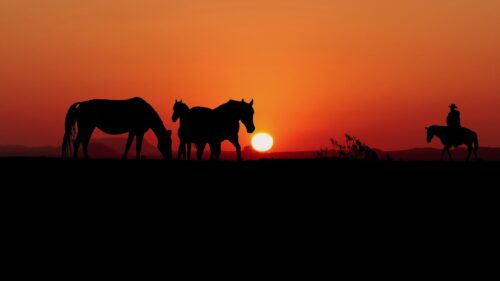Image Courtesy of Pixabay
Stirrups. Leather boots. The Wild West. Cowboys have been a subject of fascination for centuries, appearing in every aspect of American pop culture from cliché Halloween costumes to Hollywood blockbusters. However, the modern perception of these equestrian cavaliers encapsulates only a minuscule piece of the long, intertwining history of humans and horses—a history that, according to recent archaeological findings, could date back over five thousand years.
While evidence of equine domestication has been well-documented throughout history, proof of ridership and determination of the practice’s exact origins have been difficult to establish. In a paper published in Science Advances, a team of researchers from Finland, Romania, Bulgaria, Hungary, and New York analyzed over two hundred skeletal remains to unravel these mysteries. They found the earliest bioanthropological evidence of horseback riding to date in the skeletons of five Yamnaya individuals, a people noted for their expansion across Eurasia during the Early Bronze Age in the third millennium BC. Each skeleton was analyzed according to six specific criteria indicative of “horsemanship syndrome.” The five skeletons displayed at least four of the six traits, including wear on the pelvis and femur, stress-induced vertebral degeneration, and alterations in certain bone shapes and sizes.
The use of horses as a mode of transportation marked a dramatic transition in societal evolution, dictating patterns of migration and facilitating trade between previously isolated locations. So while the first cowboys were not quite the gun-toting, saloon-loving buckaroos we make them out to be, they—and their speedy, four-legged sidekicks—may have been some of the most influential figures in history.

